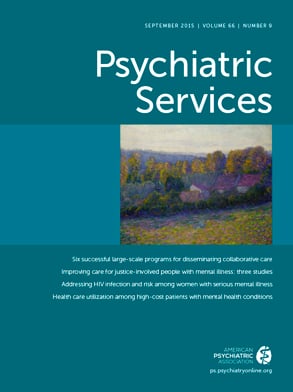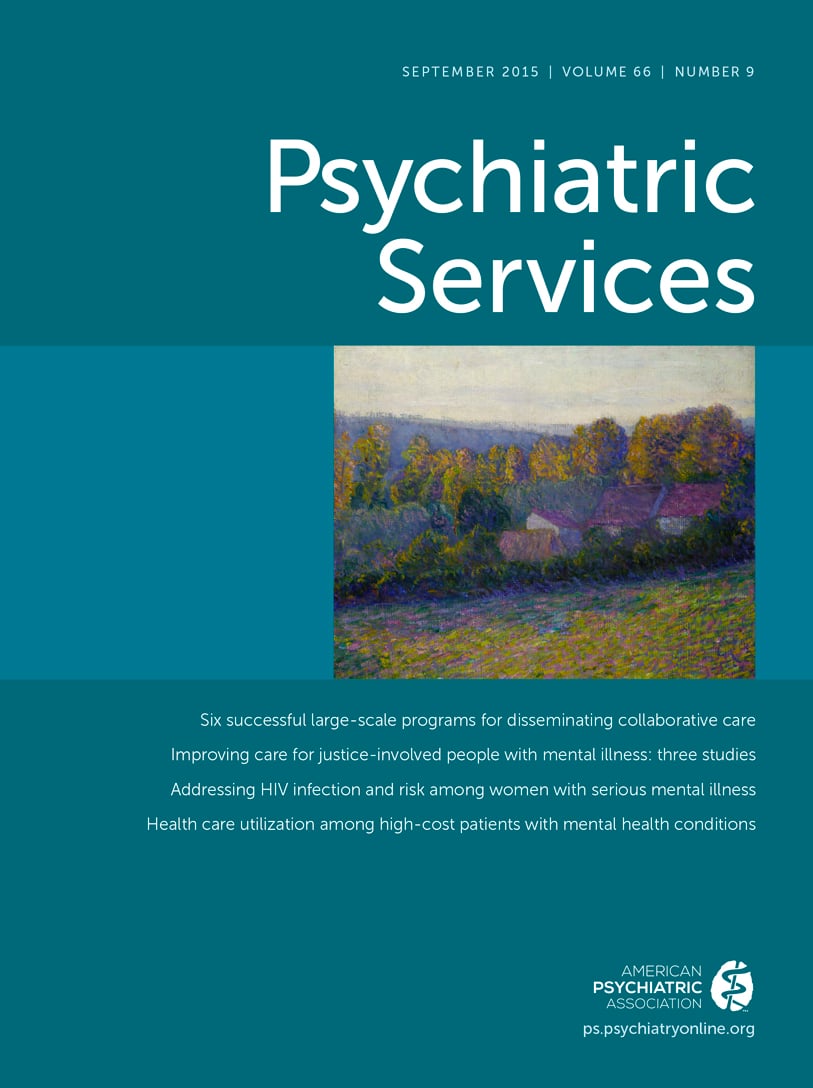On July 22, 2011, Norway faced its worst psychosocial challenge since World War II: two terror attacks in two different locations, committed by the same individual during one rainy Friday afternoon. The first one—a huge 950-kg bomb (about 2,000 pounds) left in a car in the governmental area—blew up buildings in a number of blocks, including the premises of the Prime Minister. Of the approximately 3,500 employees who work for government ministries in the area, only about 10% were in their offices at the time thanks to annual leave. Eight people were killed, and ten were hospitalized with life-threatening or serious injuries.
While first responders and the media were attending to the first attack, a new catastrophe was unfolding on the small Utøya Island, some 40 km from Oslo. The perpetrator, a 33-year-old lone terrorist dressed as a police officer, systematically managed over 70 minutes to massacre 69 of the 564 participants in an annual summer camp for Labor Party youngsters before being captured by the police’s terror force. Fifty-six survivors were hospitalized with injuries. The police’s call center was overwhelmed by calls from devastated parents and by youngsters pleading for an immediate rescue. Volunteers from a nearby harbor helped to transport youngsters from the island to the mainland and rescued those trying to swim over the channel to the opposite shore.
In the following days and weeks a new concept was launched in the Norwegian narrative: a national (psychosocial) trauma. The trial began nine months after the massacre and lasted ten weeks. The terror and the terrorist were the main daily focus in the media during the year after the killings. In this column, the municipal model that was developed to support the survivors of the massacre is described (
1).
The Psychological Consequences of Terror
Most individuals exposed to potentially traumatizing events do not develop long-term psychological problems. Therefore, the emphasis should be on identifying those experiencing severe reactions that require specially tailored interventions. Survivors directly exposed to an intense trauma, together with those whose loved ones survived the life-threatening situation or died as a result, are at highest risk of serious and sustained consequences. Individuals who feel extremely scared and helpless in the ongoing situation are at high risk (
2). The prevalence of posttraumatic stress disorder (PTSD) varies across studies, but it is estimated that approximately 30% of children and young people exposed to trauma show continuous or worsening symptoms during the first two years after a catastrophic event (
3). The main features contributing to the development of psychological and behavioral problems are young age, proximity to the event, loss of a loved one, and injury-related dysfunctions (
4). The reactions also depend on the individual’s psychological characteristics, and the family situation may amplify or alleviate the outcome.
The Need for a Comprehensive Follow-Up Model
A psychosocial trauma on such a large scale as experienced during and after the terror attacks in Norway represents a major challenge for services in any society, irrespective of the cultural context. Not only must access to services and competent staff be provided, but effective collaboration must be facilitated—and continuously monitored—between various types and levels of mental health services, related service providers, and other public and private-sector agencies. Last but not least, an efficient and experienced central management team is essential to the process of rapidly compiling best available knowledge, developing a pilot program, and implementing a new national model to help victims.
In Norway, the target groups encompassed a variety of people with an array of needs: the survivors (495 people from the Utøya attack and their close relatives and about 325 people who were in and outside the government buildings), the bereaved families, the volunteers (some with organizations such as the Red Cross), and the professional rescue staff. The target groups could be expanded to include employees of the ministries who were not present but who lost their offices (along with their feeling of security), as well as friends, schoolmates, colleagues, and others in the immediate networks of the deceased, the survivors, and the bereaved.
The victims’ residential municipalities were geographically spread over the entire country: 44% of Norwegian municipalities had survivors or bereaved residents. This demanded a large-scale mobilization of the existing psychosocial crisis intervention units in many of the 428 municipalities. One of the first messages from the national health authority, issued through the 19 county governors of the municipalities, was that each municipality was expected to have a well-functioning psychosocial team to receive the returning survivors and the bereaved.
Principles of the Long-Term Proactive Model
To assess the immediate and future needs of the victims and to make use of best available knowledge, a national group of experts was established. A large group was convened that brought together all relevant societal stakeholders, including health and social sectors; county governments; the voluntary sector; professionals; trade unions; peer support groups; and child, family, and education authorities. The group met regularly during the first two years after the terror attacks. The group’s mandate was to provide guidance and create consensus in regard to the selected intervention model and to monitor the needs of the target groups. At the level of the Directorate of Health, the responsibility for national follow-up was delegated to a project management group that brought together all relevant departments. An important partner throughout the process was a national peer support group that was established shortly after the terror attacks, with whom regular contact was maintained.
The following principles for long-term psychosocial intervention were embodied in the model developed by the group (
5). First, it was important for the municipal crisis units to implement proactive interventions, instead of the “watchful waiting” previously employed in such interventions. In Norway, all victims were to be contacted and offered symptom evaluation and adequate follow-up. Second, each victim was assigned an individual contact person to coordinate support. Third, the frequency and level of care was matched to individual needs. Psychosocial needs were monitored, such that individuals whose needs exceeded the competency of primary care providers were given facilitated access to specialized mental health services. Fourth, the model was designed to assess level of functioning on a voluntary basis three times during the first year by use of a standardized screening instrument. The instrument (a checklist and questionnaire) was developed on the basis of experiences from school shootings, the 9/11 terror attacks, and Hurricane Katrina. Fifth, the model facilitated close collaboration between intervention personnel and other service providers, such as social services, family counseling units, and schools. Sixth, collective reunions (national weekend reunions for the bereaved families and county-level one-day reunions for the survivors with families) were scheduled for four, eight, 12, and 18 months after the attacks (
6). The weekend reunions were hosted by the Directorate of Health and made use of the best clinical competency from three different professional environments in the country. These gatherings complemented follow-up at the individual level. The reunions combined psychoeducation lectures and work in peer groups led by experienced health professionals. Finally, the comprehensive model ensured long-term follow-up, taking into consideration factors such as increased need for services during the trial and the fact that in some cases symptoms emerge only after a longer period.
Research conducted with the Utøya survivors and their parents by the Norwegian Center on Violence and Traumatic Stress Studies (NKVTS) also included a monitoring aspect. Respondents who were identified as being in need of additional psychosocial interventions were referred to services.
Preliminary Findings
After four years, some preliminary findings from the follow-up are emerging. Regarding the level of trauma-related problems among the youths, tentative results from the first two follow-up assessments in the NKVTS study indicate an expected level of psychopathology (
7). Five to six months after the attack, the Utøya survivors reported levels of posttraumatic symptoms six times higher than those in the general population. In addition, a substantial number of their parents met clinical criteria for PTSD. Ongoing research with the bereaved (
8) indicates a high prevalence of complicated grief 18 months after the massacre—documented among 82% of the parents who lost children in the attacks. The degree to which the proactive interventions prevented complicated grief and other sequelae will be an issue for future debate.
Arguably, the benefit of the service model as experienced by the victims is the most crucial outcome. Responses indicate that perceptions of the quality of the intervention are associated with the perceived adequacy of access and availability of services and the competency of staff in the municipalities. Responses to a questionnaire sent to the municipalities indicate that among individuals directly exposed, 95.5% had been offered follow-up in their residential municipalities (
9). In another NKVTS study, 87% of the participants reported that they had received early and proactive outreach, and 84% had a contact person. In addition, 86.3% of survivors reported that the help they received after the terror attack was sufficient (
10).
The proactivity of services has been eagerly embraced as a guiding principle by all involved, although some responses by a number of young people can be interpreted as treatment fatigue (
11). Predictably, the possibility of having a psychiatric diagnosis has not been well received by all the young victims. Evaluations of participant responses in regard to the collective gatherings, which were conducted immediately after the gatherings, showed a strong degree of approval: 63 of the 69 bereaved families participated in one or several weekend gatherings, and results from the fourth gathering indicated that 90%−96% considered these interventions to be of very great or substantial help in the grieving process. In addition, 99% deemed the work in the small therapeutic peer groups to be useful or very useful for them (
12). Results of evaluations of the county-specific gatherings for the Utøya survivors and their families were on a somewhat lower but still acceptable level: 77% of participants perceived the reunions as being of very great or substantial help to them. In particular, the family members of the survivors expressed a positive attitude toward the intervention.
Discussion
Implementing a new intervention model in a wide variety of municipalities, each with a different level of competency in terms of services and skills, is a demanding task, even in a country, such as Norway, with a small population and good resources. Large investments in central management and monitoring systems shortly after the terror attacks seem to have facilitated the process. Experiences during the implementation largely underline the need for well-functioning expert networks and close collaboration between experts, policy makers, and related sectors. Adequate competencies and supervision for the professionals in direct contact with the victims must be safeguarded. Direct and continuous feedback about the success of implementation from the victims’ representatives (the national peer support group) should be an integral and constant part of the follow-up. Finally, a system in which all the different parts identify strongly with and are motivated to work toward the same objective, offering the best available services to support people exposed to trauma, is a powerful foundation for a self-correcting learning organization at a national level. Achieving this goal, however, also requires well-managed consensus processes along the way. Even when diverse interventions based on different professional perspectives are implemented, the focus should always be on service users and on the diversity of needs behind the common experiences.

